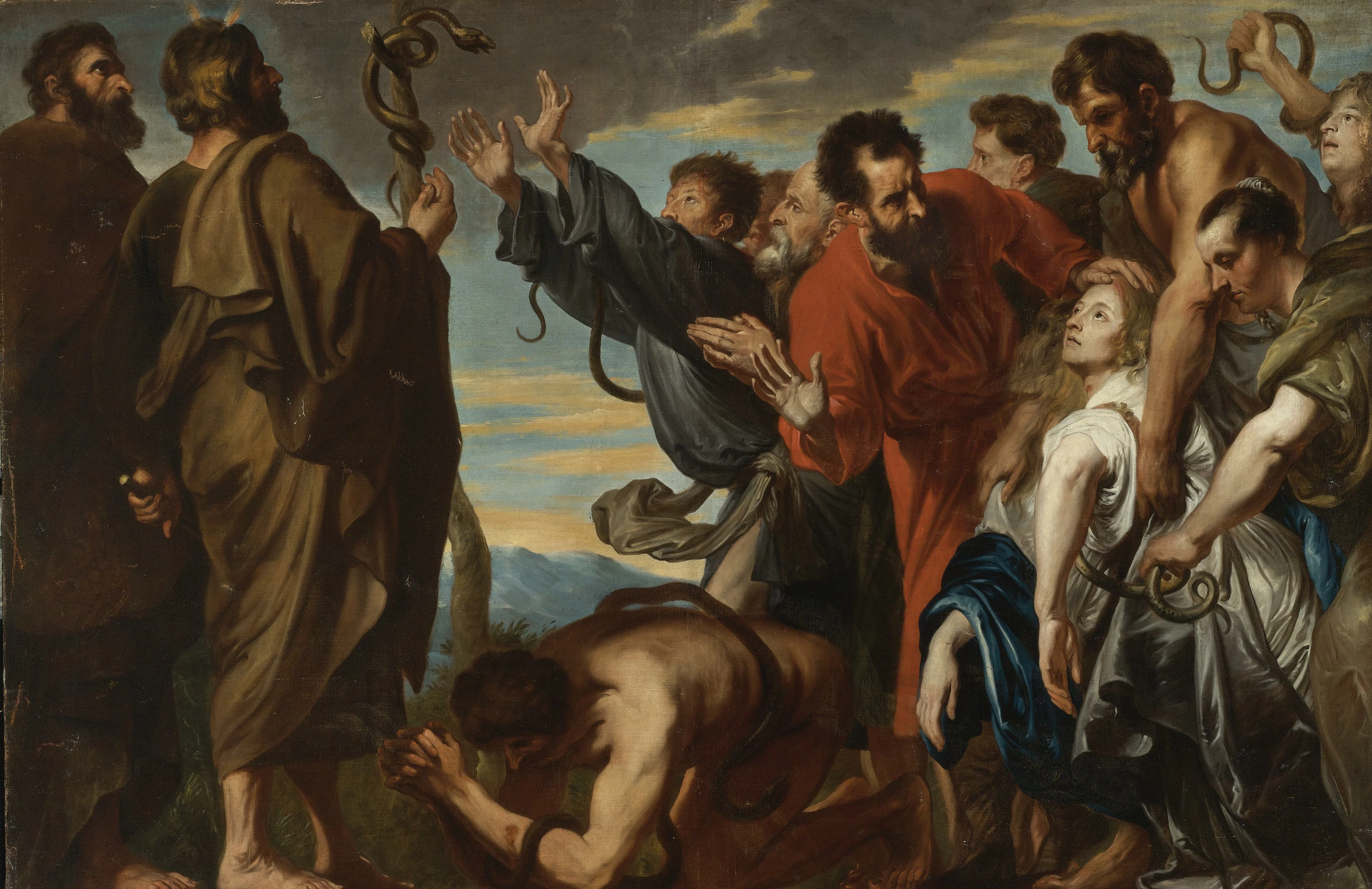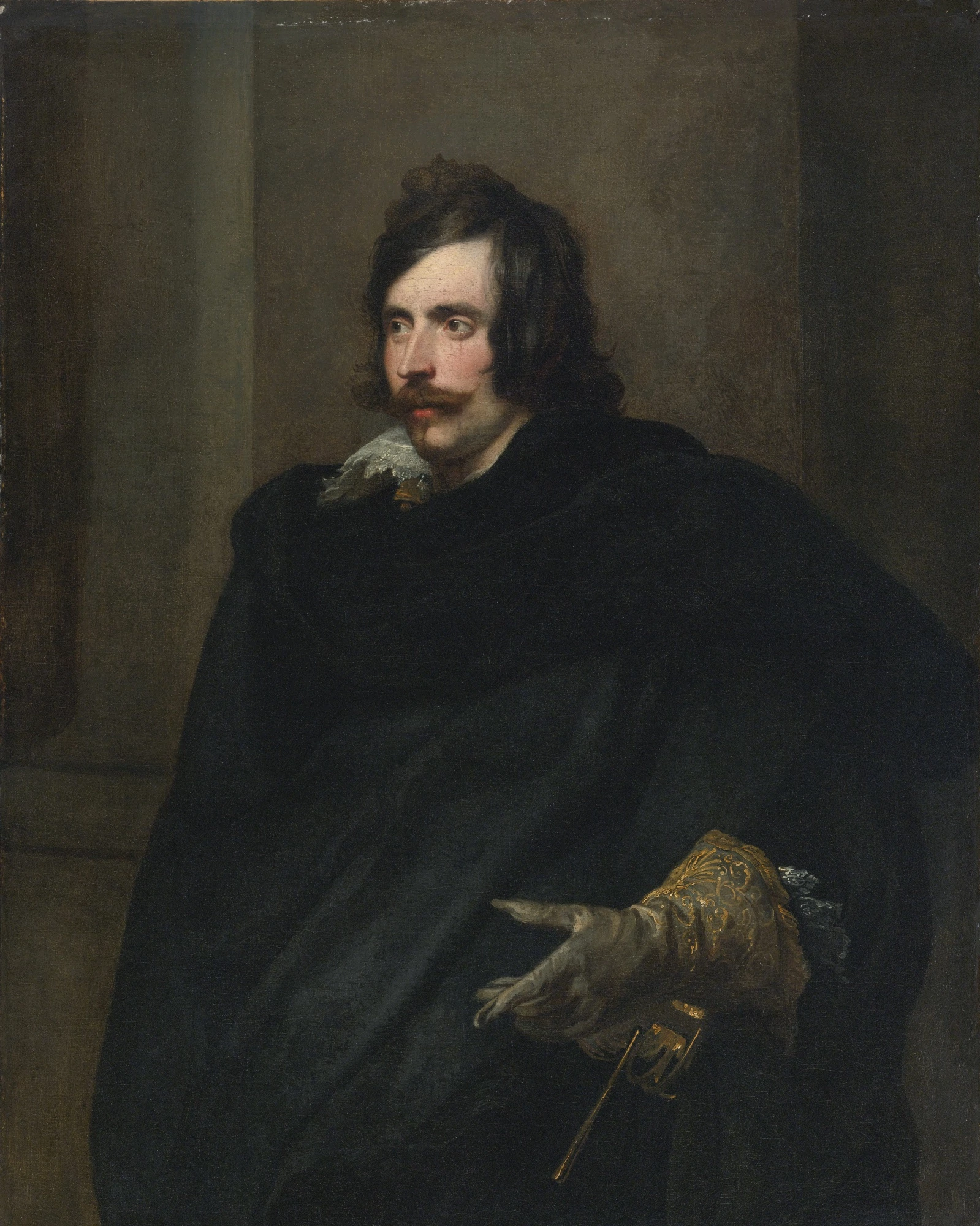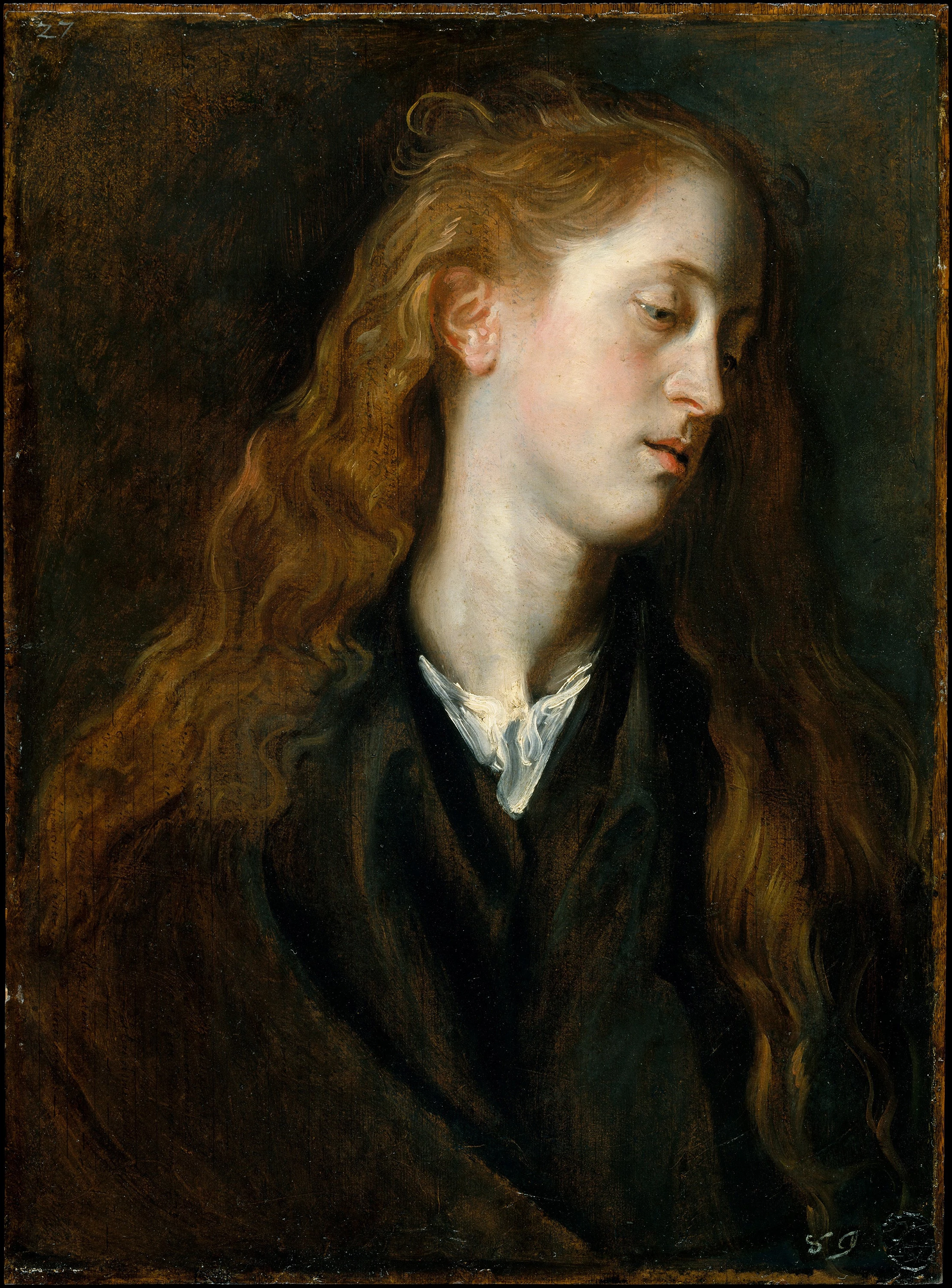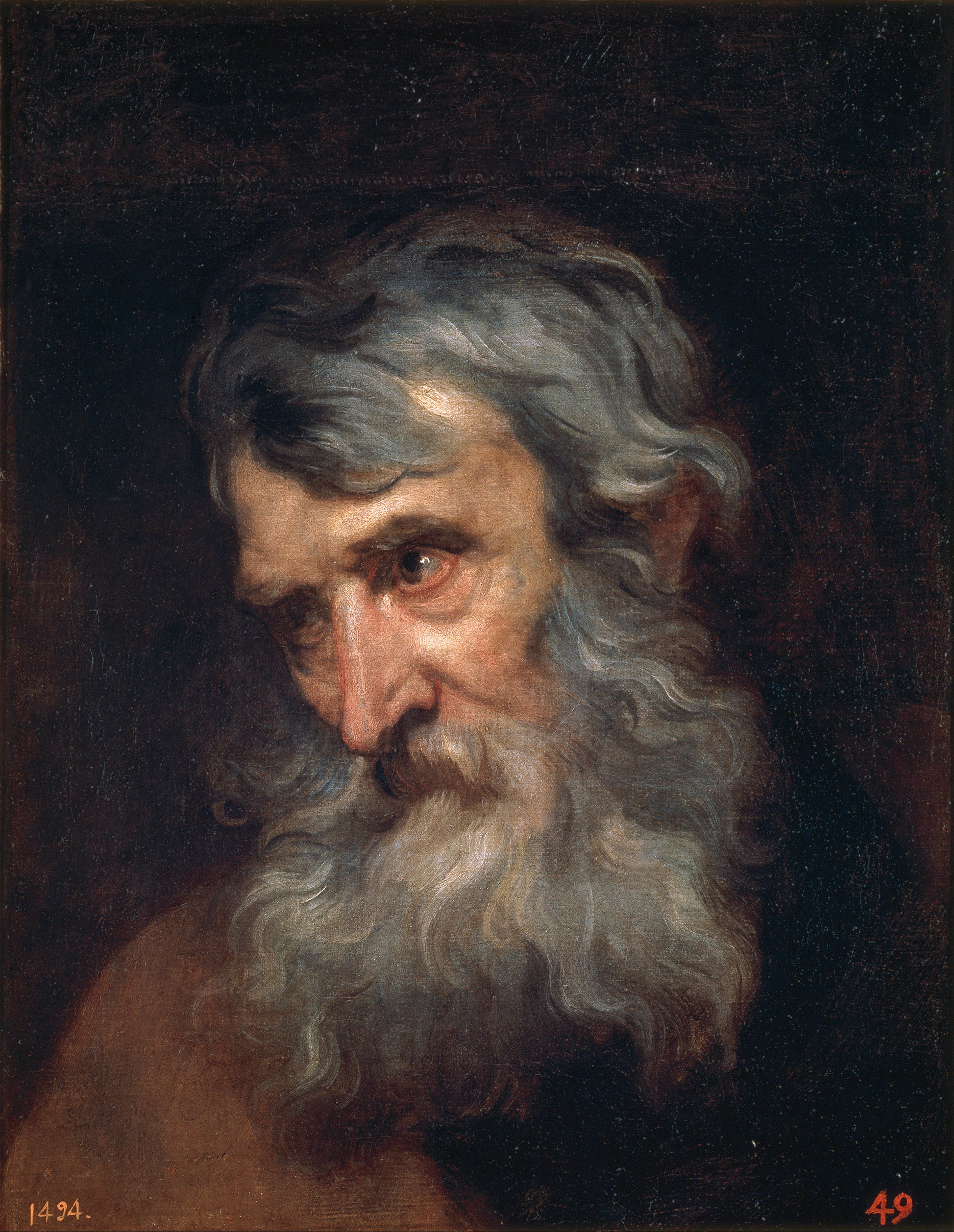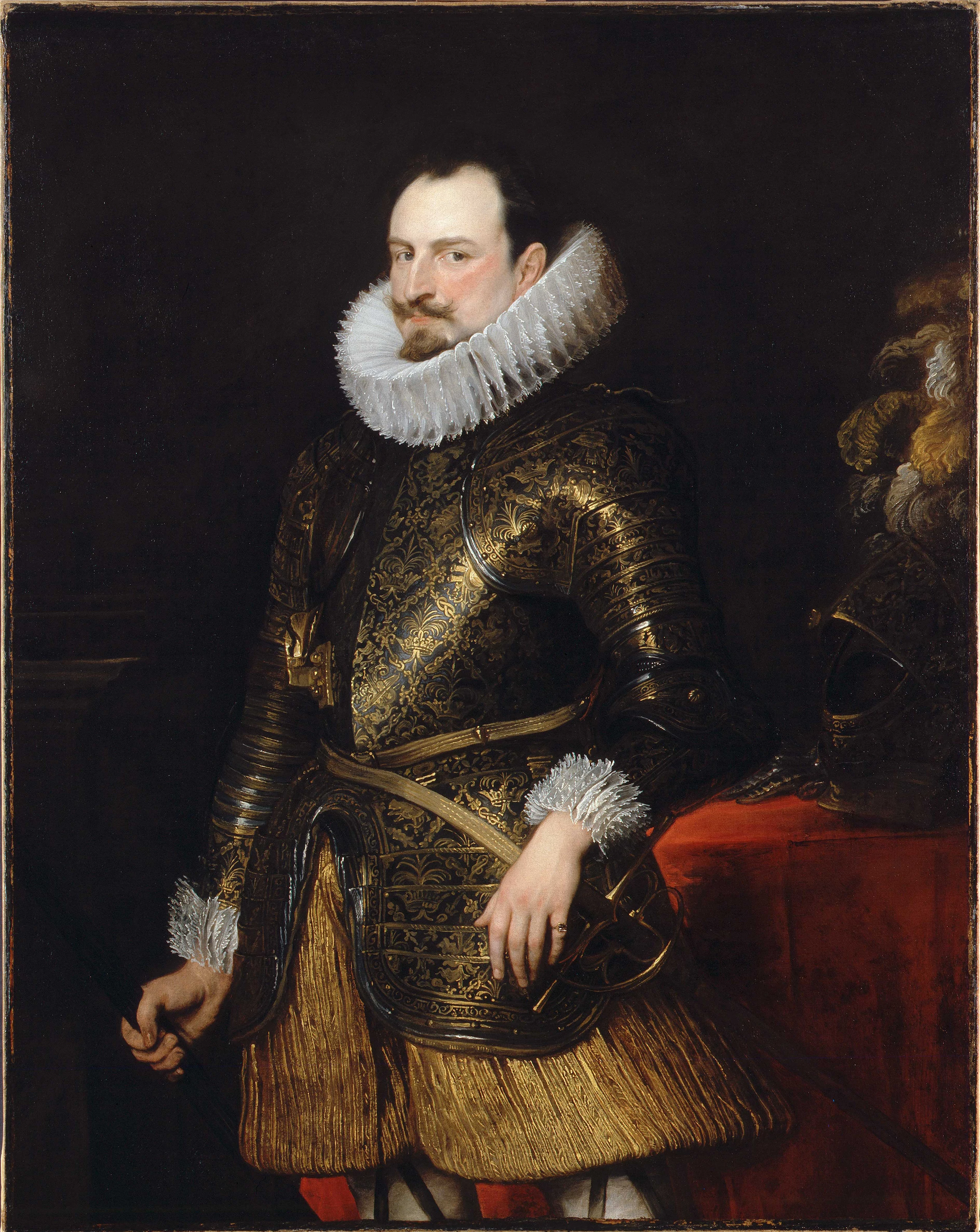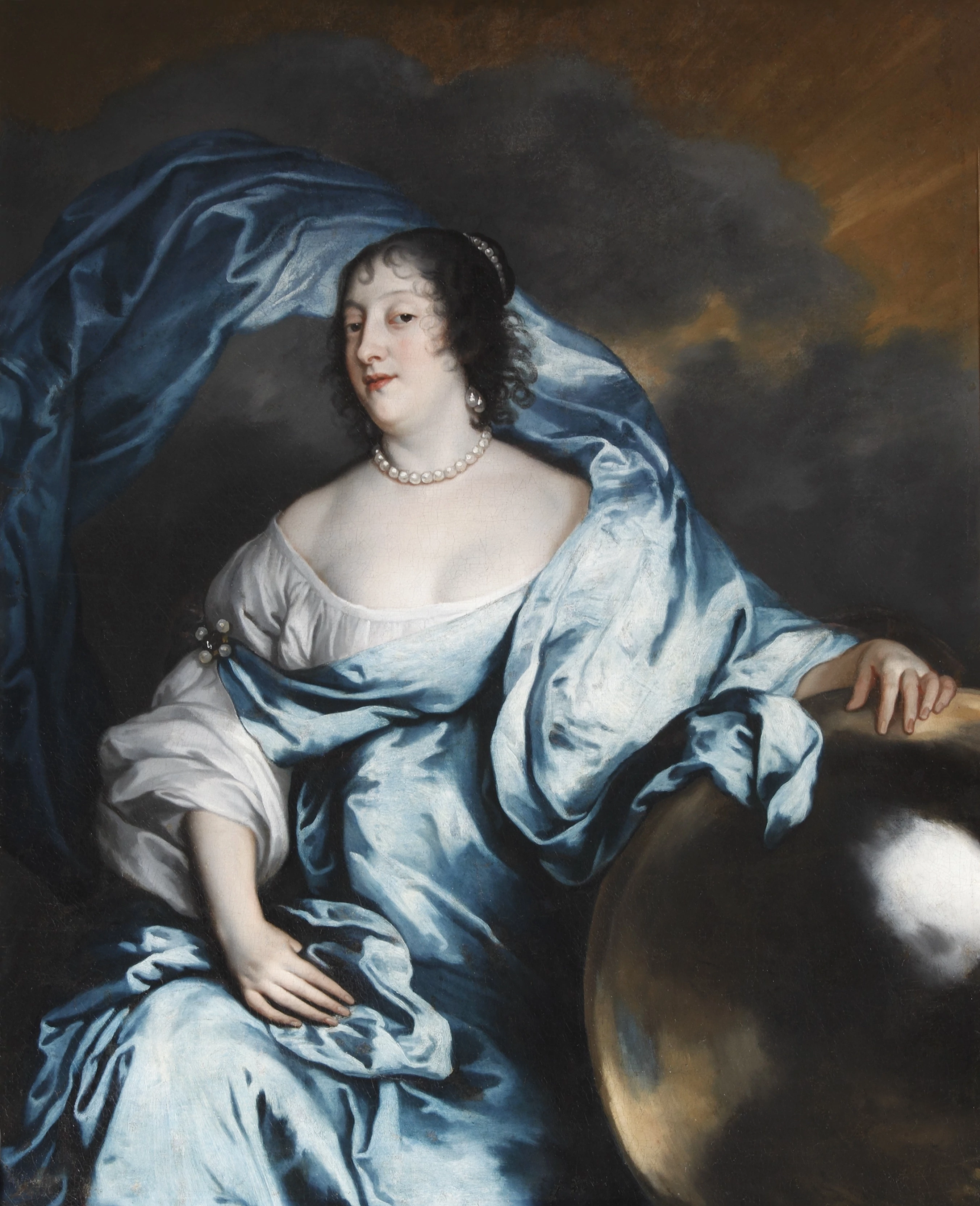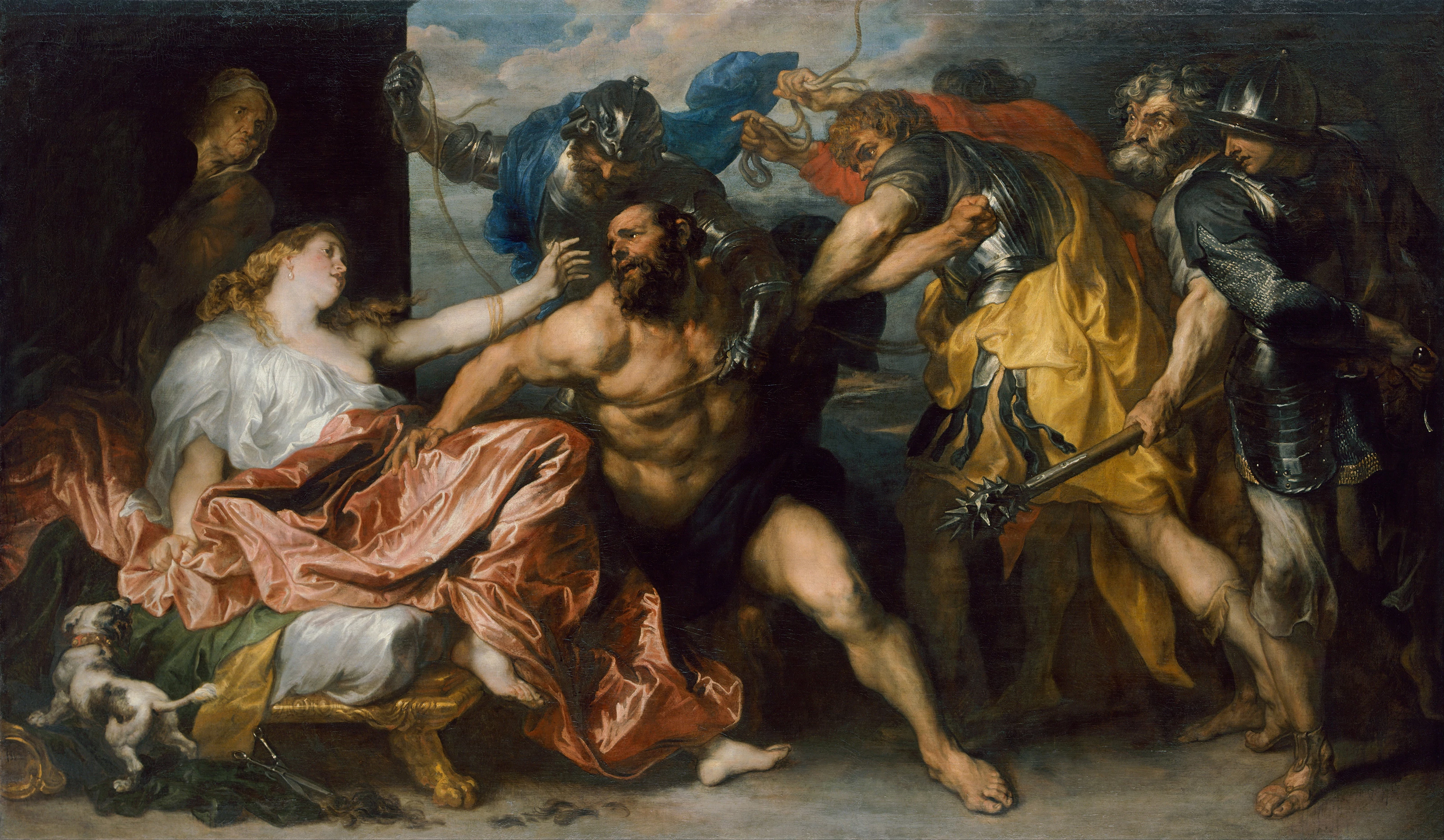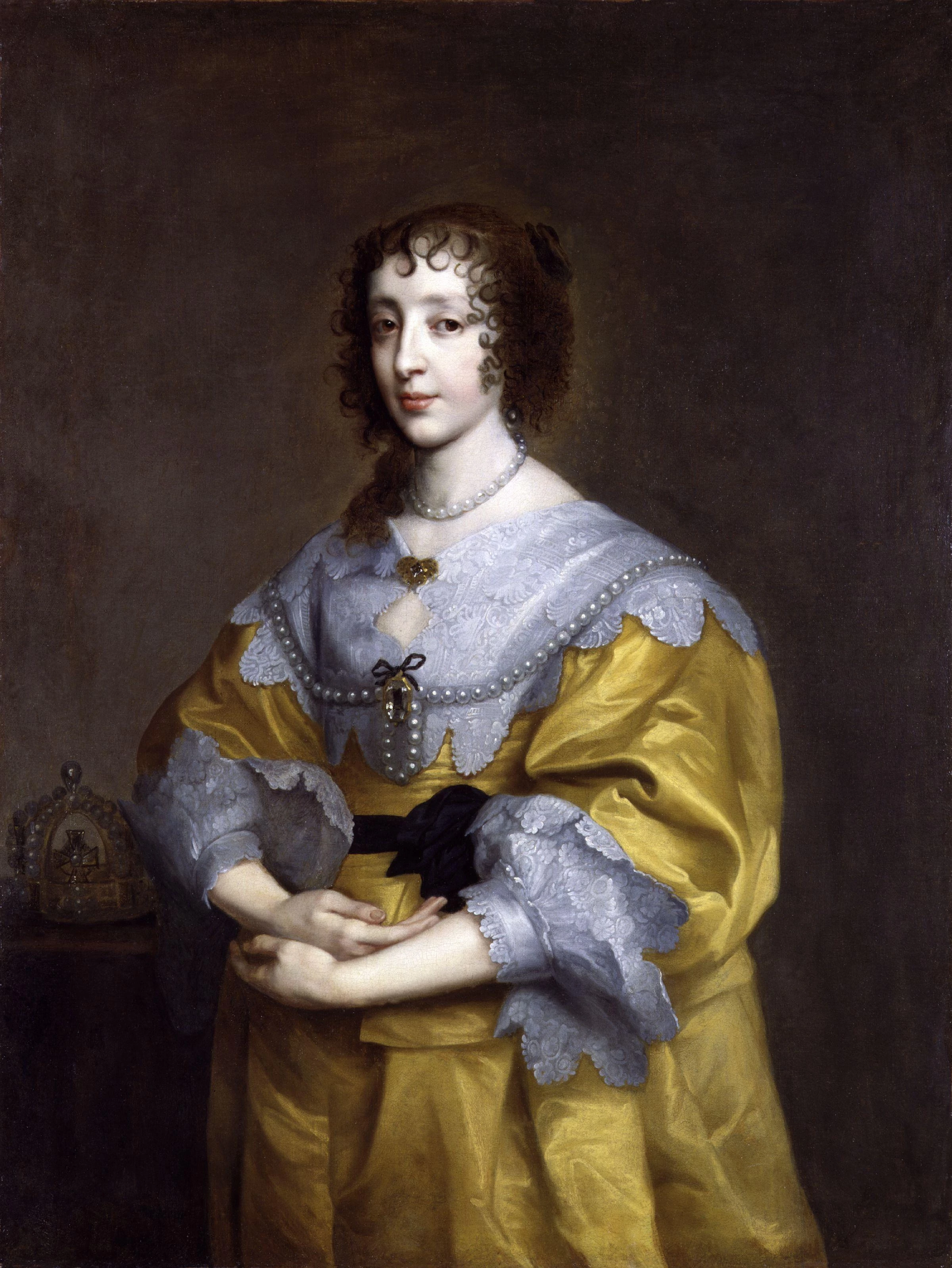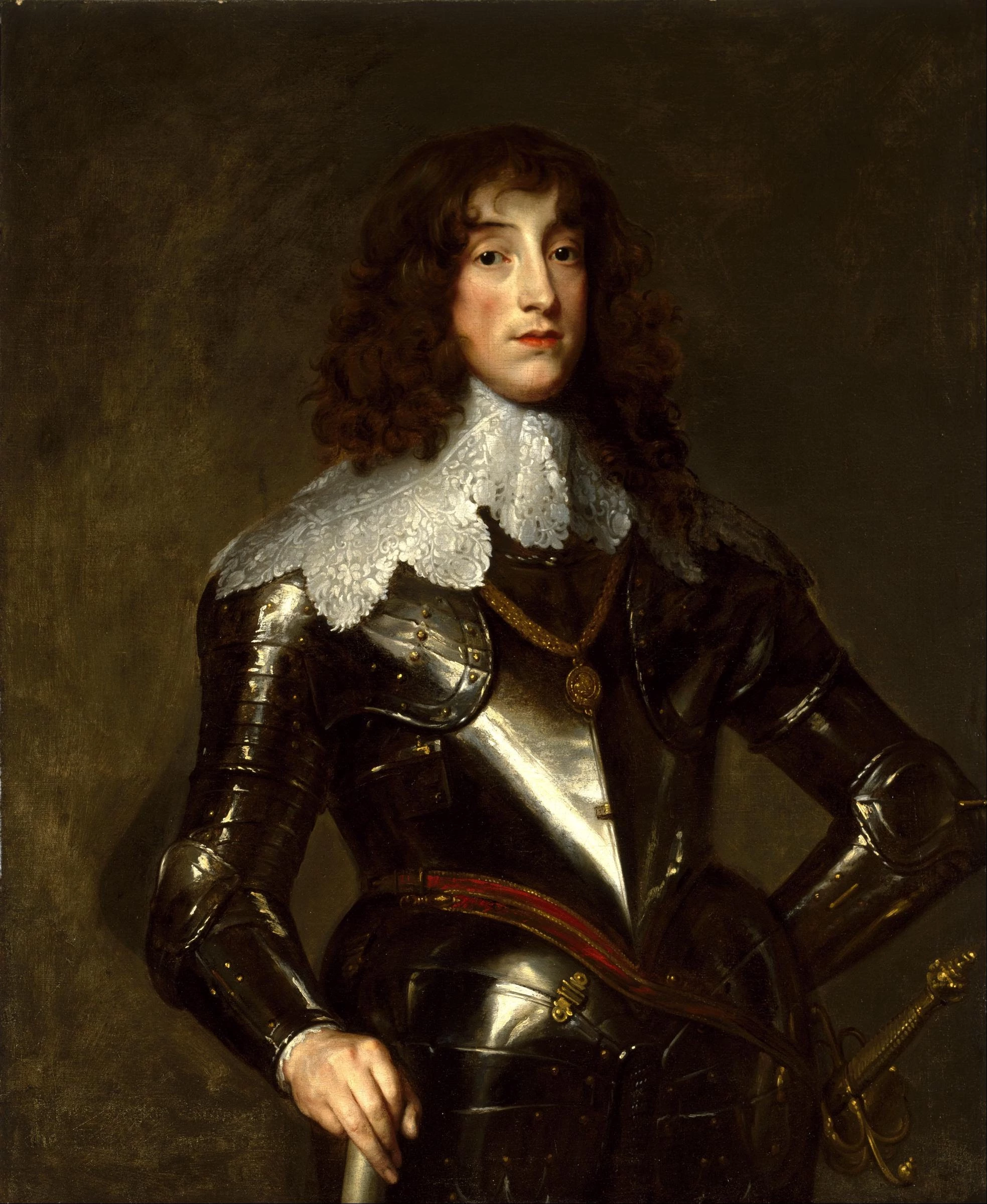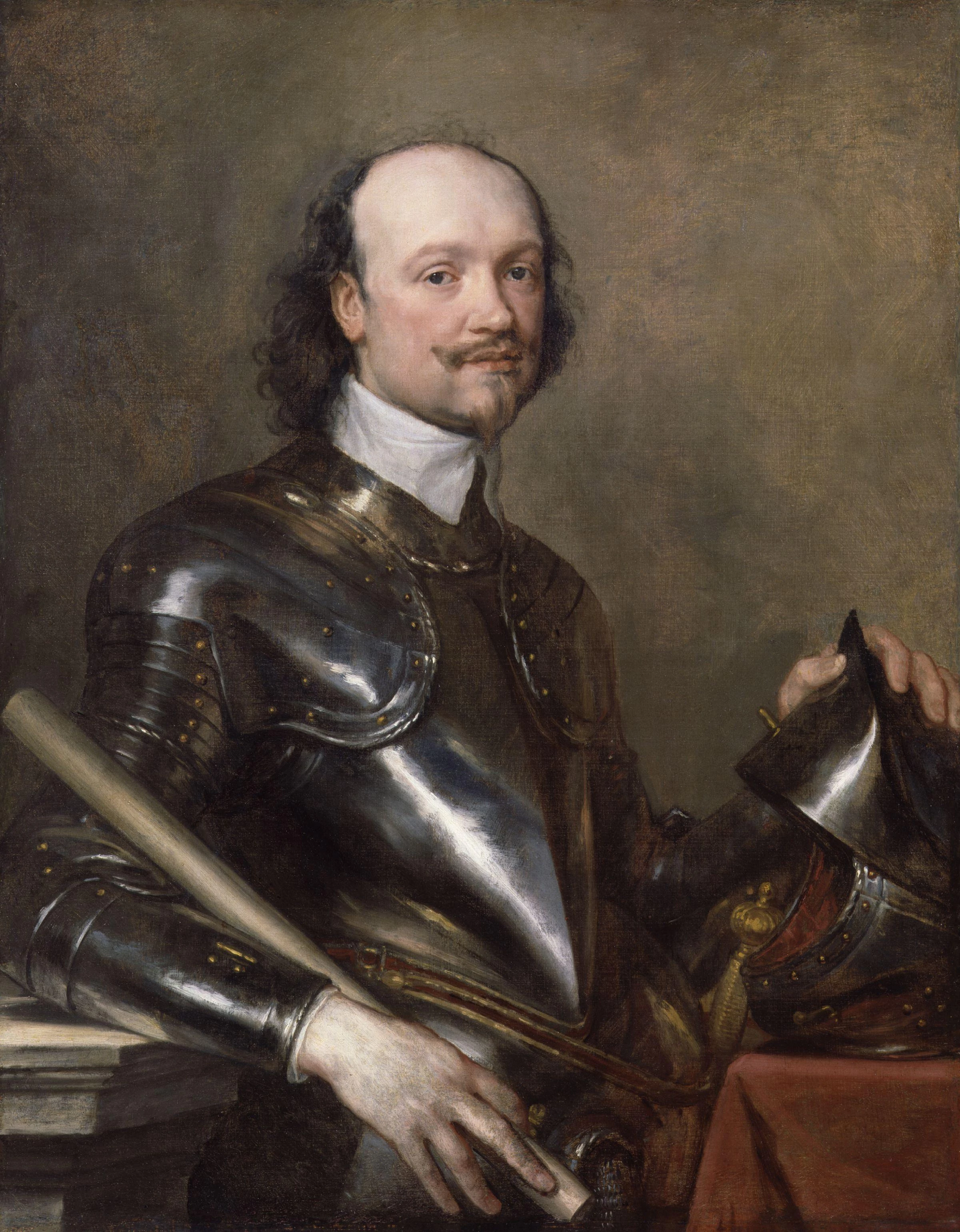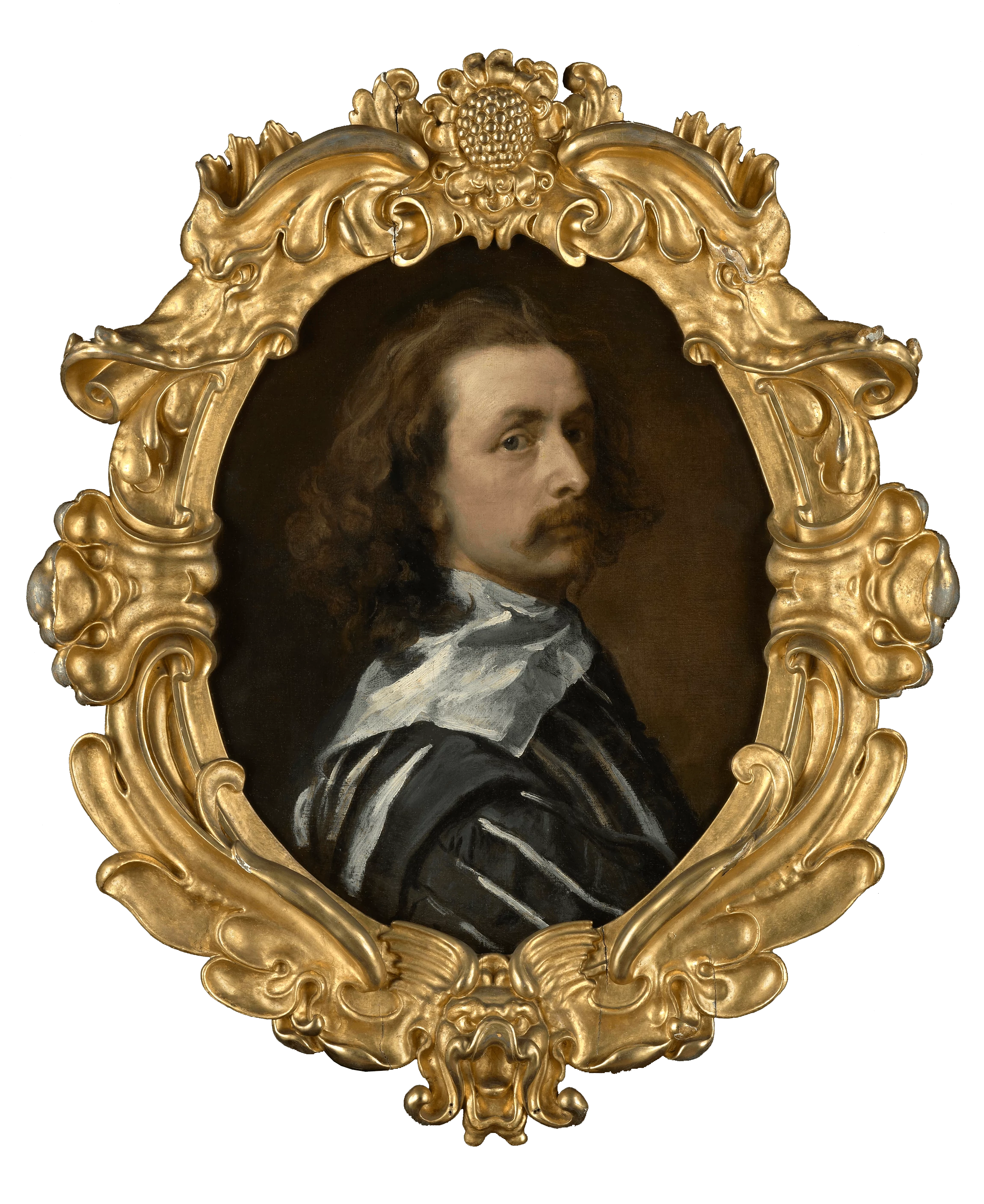Flattery will get you far, and Anthony Van Dyck learned to schmooze from the best. Van Dyck began painting in Peter Paul Rubens’ studio in 1613. Van Dyck was 14, but quickly became the master’s right hand. He followed Rubens’s example in his schooling as well, spending six years traveling through Italy and absorbing the styles and techniques of the Renaissance Masters like Titian and Veronese. Van Dyck took his mentor’s professionalism to the next level as well. Giovanni Bellori, a historian and contemporary of Van Dyke’s, described him cutting an impressive figure with fine clothes and entourage: “…his behavior was that of a nobleman rather than an ordinary person, and he shone in rich garments; since he was accustomed in the circle of Rubens to noblemen, and being naturally of elevated mind, and anxious to make himself distinguished, he therefore wore—as well as silks—a hat with feathers and brooches, gold chains across his chest, and was accompanied by servants.”
Van Dyck was building a brand.
On returning to Flanders, Van Dyck cemented his bold reputation with a series of religious paintings for the Catholic churches in Antwerp, and portraits that showed the sitters as noble, elegant and preternaturally fashionable. Van Dyck was proving himself as comfortable among royalty as he was in the studio, and as they say—it’s all about the connections.
In 1632, at age 33, Van Dyck moved to London to be the leading court painter for King Charles the First. King Charles loved the arts, and was a powerful draw to many of the great painters of the day. A few years earlier he’d brought Orazio Gentileschi and his daughter Artemisia to England, and when Van Dyck arrived he received a royal welcome. Van Dyck was knighted the principalle Paynter in Ordinary to their Majesties. He was also given a home on the river in the Blackfriars art district, near the Shakespeare’s Globe Theatre, and given a pension of £200 per year in addition to his generous commissions.
The English court loved Anthony Van Dyck, because he made them look awesome. With a careful eye to fashionable dress and impeccable detail, and a causal ease in posture, Van Dyck’s portraits gave their subjects a look of “instinctive sovereignty.”
His success with the court soon required the development of a large studio, where a visitor claimed that Van Dyck outlined the figures and painted only the heads and hands, leaving the clothing and background to a growing team of apprentices and specialists. Working efficiently, Van Dyck built an enormous library of works, and influenced portrait painting to this day. Formal dress, casual attitude, and the confidence of looking like the best version of yourself.
...
Got questions, comments or corrections about Anthony van Dyck? Join the conversation in our Discord, and if you enjoy content like this, consider becoming a member for exclusive essays, downloadables, and discounts in the Obelisk Store.
